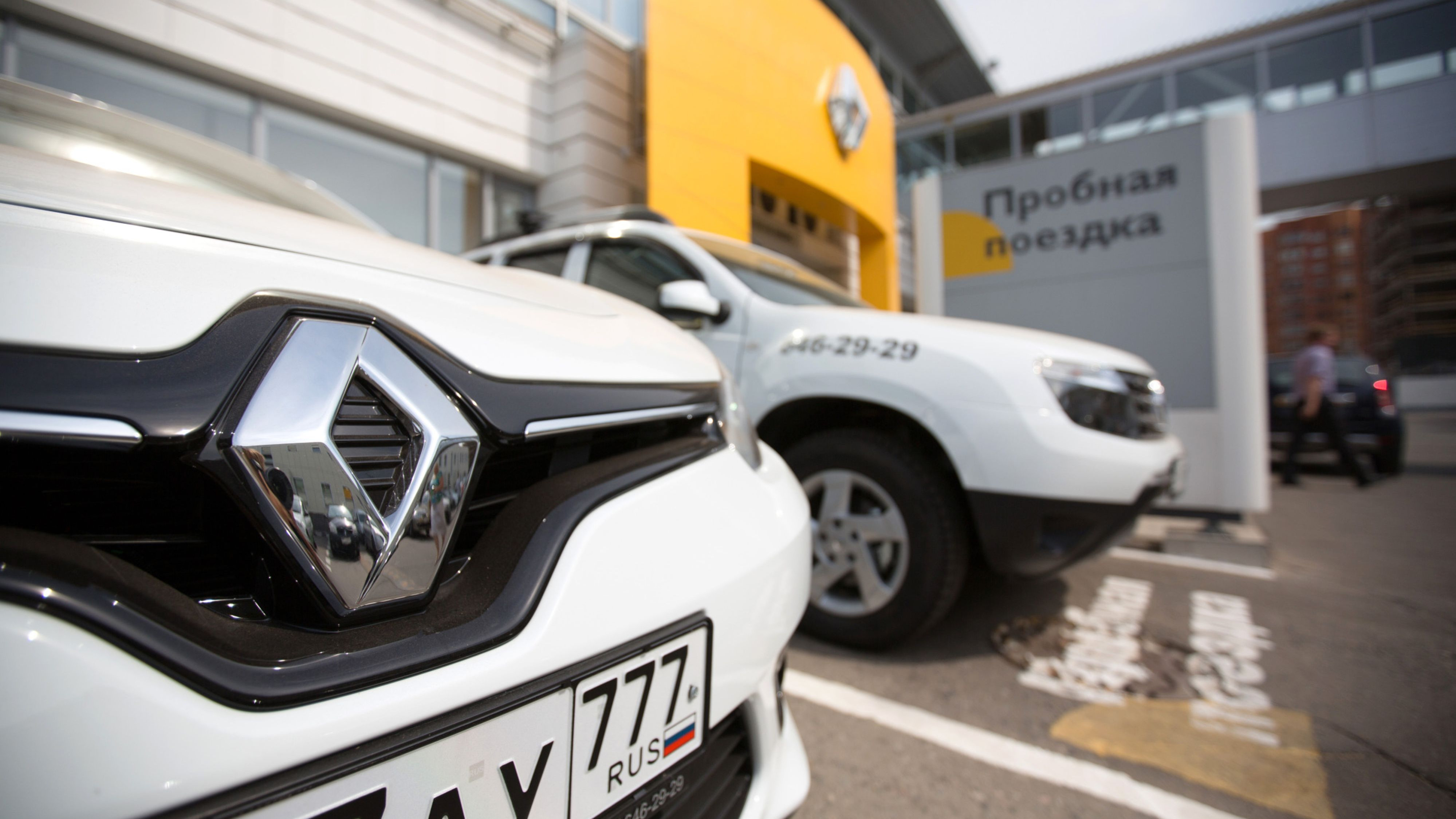
By Kaloyan Zhelev
For 136 years patent № DRP-37435 of Benz Patent-Motorwagen, the automotive culture, despite its uneven density has embraced irreversibly the planet. More than any other product in human history, the car without horse power formed not just the global economical landscape but the lifestyle of billion of people. Only in Europe the automotive ecosystem hires around 13 million people. Nearly 9 million in USA and approximately 6 million in Japan and the carpark of almost 300 million vehicles (around 1,4 billion in the world) transports people on four wheels.
From the daring individual endeavor of a German engineer, supported by his wife's trust and dowry, to a global instrument for guaranteeing the right under Art. 13 of the Universal Declaration of Human Rights, the automotive industry is today the most complex human economic activity, accounting for 1/3 of the EU's investment in innovation (€ 62 billion in 2019) and structurally determining its trade surplus. 76.3 billion in 2020 alone).
For all her time-proven vitality, she knows perfectly well the taste of constant change. I can't think of another economic sector that is so consistently the object of controversial institutional regulatory love, and in Europe, where the European Commission's propensity for hyper-interference is particularly strong, one begins to wonder what would surprise Henry first. Ford, Ferdinand Porsche or Kiichiro Toyoda: the dizzying technological advances in the end product or the relentless drive of institutions to ruin it by regulating it.
And so, the automotive industry today represents a comprehensively globalized sector, from which technological and market innovations are not just flowing like a full-flowing river, but a tool for trade and geopolitical redistribution of power, second only to energy, food and weapons. The curious reader, who is not indifferent to thetopic, has noticed for sure, that the decade from 2009 to present was critical and the time from 2020 added an insidious combination from hedonistic adaptation, fatigue and economical urgency, lowered the social threshold for accepting the effects of the constant flow of infection and paved the way for many governments and institutions to effectively treat Covid-19 as an endemic disease. The unknown, full of non-familair variations, epidemics, regulations and social unrest causes unprecedented market breakdown and systemic crisis in the global supply chain, associated with a shortage of key semiconductor components. As of February 24, the military confllict in Ukraine was added.
Pretext is war, contecte – geopolitics
Whether you choose to view events in Ukraine as a low-to-medium-intensity Eastern European regional conflict, or whether you prefer the more complex discourse of the reorganization battle between supranational financial and macro-regional industrial capital unfolding across a country, the results for the automotive industry will be the same. They can be summarized in only one form: a new era of geopolitical tension. How can we describe it in general:
Out of the two fighting coutnries, the current situation is still primarily in the realm of humanitarian crisis. Data from the UN High Commissioner for Refugees state that in the end of the first month of the war, three and a half million people left Ukraine and another six and a half million are internally displaced.
Regardless the initial inability of the EU to get united around a fifth sanctions package, the scope of the Western measures against Russian assets, banks, leading companies, country officials and authorities is unprecedented. What is the effectiveness in reality is still early to be determined.
The Ukranian military conflict causes a jump in energy and raw material prices, which led to lower growth prospects in many large economies.
Much of the potential for its deployment in broad geopolitical tensions is already a fact and it is a key source of economic uncertainty. Stagflation has become one of the most widely used terms, and outside of Russia and Ukraine, Europe is hardest hit.
Food prices also came into focus: Ukraine is the world's leading exporter of sunflower oil and the fifth largest exporter of wheat, and Russia is the largest. The impact of the war on natural gas prices and fertilizer supply chains poses a significant threat to agricultural yields next year due to the expected decline in their use, and it would be impossible to list the domino effects in such a short text.
A direct consequence of the situation is rising prices in supply chains and disruption of trade flows in many industries, as well as a further contraction in disposable income and a slowdown in the recovery from the pandemic.
Generally speaking, it seems that we are entering a period in which geopolitics will become an integral part of the discussions in the meeting rooms. The reason is that the world is very quickly facing a completely realistic scenario of disintegration of individual economic security zones with their own standards, and the trends for onshoring1, rеshoring2 and nеarshoring3 will accelerate. All business and investment strategies will inevitably contain assumptions about a multipolar world.
Against the backdrop of an already complex background, China is facing a new wave of Covid-19, which has hit Shanghai the hardest.
To assess the impact
Instead of drawing the glittering horizon of the new imaginary order (after Yuval Harari) and the bright carbon-free future with its stunning automotive, technological, and price-wise automotive products, the Russian-Ukrainian military conflict forces us to pay attention to its expanding impact - and deeply negative - with a focus on the Russian automotive sector.
With the largest Russian exposure are Renault-Nissan and in particular the Renault Group, which as owners of AvtoVAZ are already considering ways to reduce exposure to its second largest market (estimated at € 2.2 billion), including the sale of a 68 percent stake in the 45,000-strong maker of Russia's most popular brand, Lada, with a 22 percent market share and margins many times higher than the group's average. They are followed by Hyundai-Kia and Volkswagen Group, three with a total production volume of about 1.2 million cars. Whatever the price assumptions, this is an effect in the order of tens of billions of dollars, and only in 2022.
As a strategic ally of Russia, China and its brands with a market share of about 7% last year are clearly in a position to take advantage by replacing the retreating Western emblems. Everyone else who chooses to maintain a presence in Russia will also benefit from an improved share, but in a significantly reduced car market.
It has the curious feature of being positively influenced by high energy prices: historically high oil prices coincide with Russia's strong market years. However, it is completely unclear what mechanisms will be involved in using these benefits, because sanctions affecting equal supply and consumption will certainly blunt or completely neutralize this positive impact - we saw it in the March results (-62.9%).
Outside Russia, the negatives seem more measurable: energy price shocks and accelerating inflation will push consumption in general and car demand in particular. In Europe alone, the estimated annual market volume losses for 2022-2024 are currently over 2.5 million.
It is even more complicated in the supply chain, where the expected consequences of the crisis are more severe and potential than the financial crisis in 2009. The reason is the fact that Russia and Ukraine have a significant share in world reserves of metals such as cobalt, nickel, platinum and palladium. Although, with the exception of palladium, both countries are not among the world's leading suppliers, they will affect prices, which risks significantly worsening the cost of batteries. Platinum metals, on the other hand, play a significant role in the increasingly sophisticated flue gas cleaning systems in internal combustion engines, which will certainly affect their cost. How all this will affect the proximity in prices between conventional cars and electric cars is very difficult to say: the dependencies are very complex and the coefficients of uncertainty are extremely high.
And to make matters a little more complicated, Ukraine is a leading producer of cable bundles, without which any finished car cannot come off the assembly line. It is also a major source of neon gas for lasers used in the production of semiconductors, the shortage of which has been a problem in recent years, and in this situation the headwind for their supply is only intensifying.
Let us not forget the sanction effect, the medium-term effects of which are still too early to be discussed in Russia, but in any case it will have a negative impact on market confidence, and hence on car demand. Russia's domestic production itself is directly and indirectly affected by component shortages, and many producers will prioritize supplies to the Russian market elsewhere.
If we talk about the link between Ukraine and the component shortage, it would be helpful to take a look at the key figures, and they show the following: since 1998, automotive suppliers have invested a total of about $ 600 million in 38, mostly located in the western part of the country, enterprises employing about 60,000 people. They, as well as those leaving Russia, are very likely not to return in a hurry, and the reason is the accelerating European trend of increasing the share of components originating near the production of the final product.
One of the first phenomena of the Russian-Ukrainian conflict, which is also a catalyst in accelerating the process, was the disproportionate dependence of German carmakers on the military conflict: in March alone, their volume losses were estimated at nearly 150,000. The key to understanding this effect is the fact that the continent's most powerful car manufacturers may be labeled "Made in Germany", but their vehicles contain hundreds of components from the East. The reason, of course, is their significantly lower cost, and in this case it is a matter of over-dependence on the group of Ukrainian suppliers of cable bundles in question.
What will happen to electrification
One of the brightest stars in the constellation of Brussels' carbon-free utopia is, of course, the electric car, so to wonder how all this would affect his fate seems quite logical.
For starters, accelerating the transition from internal to electric combustion engines to reduce dependence on Russian oil and find alternatives, while expensive, does not seem impossible in the medium term, energy experts will tell you. However, they will not fail to remind that reducing dependence on Russian gas is incomparably more difficult work, and in 2020 it has generated 1/5 of electricity in Europe. Thus, the rapid growth of electric vehicles would mean greater demand for electricity, which would only exacerbate the problem.
The Greens will not forget to raise their voices that renewables can do the job, but common sense will say that this is a long-term solution. And while the current situation will certainly provoke an acceleration in nuclear, hydro, solar and wind power generation, it cannot be done so quickly as to compensate for the shutdown of the Russian gas tap.
The share of wind and sun (relatively faster solutions) will have to double to mitigate the loss, but he goes with the assumption that Europeans will be persuaded to reduce the temperature in their homes by one degree or another, dressing and more -warm in addition.
One of the other unknowns in the price equation is the growth of battery raw materials, which recently jumped to the stratosphere.
Of course, it is naive to price on nickel-based $ 100,000 per tonne (its March peak on the London Stock Exchange), as no battery manufacturer pays that price. However, it does not take much depth to assume that - as stock market experts would put it - there are years of upward market volatility.
At best, this would be a storm against manufacturers' efforts to make their electric cars more affordable, and it's not unbelievable to overturn them. Nickel and cobalt-free batteries offer a solution and it is no wonder that we are witnessing the faster implementation of the so-called LFP batteries (based on lithium iron phosphate). But: although the capabilities of this technology have developed beyond what was expected even just a few years ago, it remains applicable to cheap, basic low-mileage electric vehicles, and on a gigawatt scale will remain subject to nickel chemistry.
The controversy could continue with the argument that sharply rising fuel prices would persuade people to reject internal combustion by switching to electricity faster. And yes, if it was an isolated process, analysts would probably reconsider their electromobile forecasts immediately.
However, it seems that they are more inclined to wait for the situation to develop: yes, the price burden of owning an internal combustion car will increase, but the difference can be offset to some extent by reducing travel where possible. At this time, the growing cost difference between thermal and electric cars can suppress the enthusiasm for transformation, because it is one thing to spend a few tens of euros more to fill the tank, and quite another to get a few (tens) thousands above expectations to fund your new electric car.
Finding alternative suppliers, the petrol schock could turn out to be transitional, but the problem with growth in prices of electromobiles is not so simple to solve. The reason for this is that it is a new technology, which still has no chance and lacks subsidiaries and in the face of emerging financial constraints, government enthusiasm to increase subsidies to offset higher prices would rather fall than increase.
At this stage the most realistic is to expect the balance between the two main types of propulsion to be maintained, mostly because of the simetric growth in possession prices in a moment when the majority of Europeans are facing the toughest hit onto their standard in at least a generation - a circumstance that we will be felt first in demand.
Automotive war and us
How will Bulgaria behave in such a complex context? On the one hand, part of the default task for the component industry is to attract as many from the reorientating industries as possible. How much of this potention we are capable to realize is about to get clear in the following months, as well as which of our fundamental disadvantages we are able to transform into advantages.
On the other hand, in the last 33 years, the Bulgarian country is steadily absent from policies to the backbone of its transport system. I say “backbone” because the Bulgarian society relations are literally on the wheels of 3,800,000 cars (over 80% of passengers and goods are transported by land from cars), the approach to which has always been characterized by consistent institutional indifference.
The process of abdication of power from this sector is already so deep that we do not need external conflicts to consume the consequences of war, since we did not recover in peacetime. Despite recent efforts to stimulate public dialogue, it would be an exaggeration at this stage to say that there are objective preconditions to expect that we will be able to do so now, 136 years after patent № DRP-37435.



